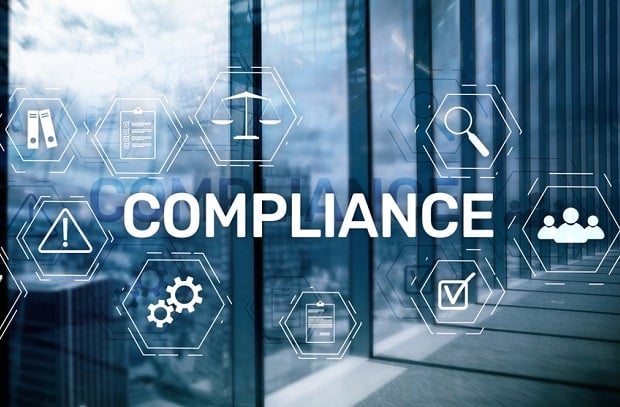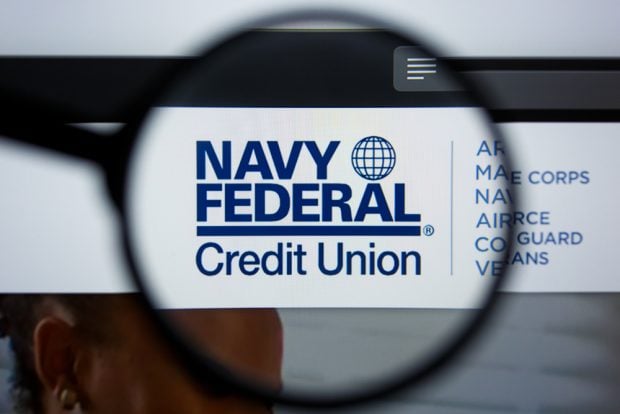 Credit/AdobeStock
Credit/AdobeStock
Compliance risk is something every financial institution deals with. With regulations constantly changing, waiting until a new rule drops and then scrambling to react isn’t the best way to go. A strong compliance program requires proactive compliance risk management. Not only will it protect your institution from nasty surprises, but it can actually make you stronger and more adaptable in the long run.
Why Being Proactive Makes All the Difference
A definition of compliance risk is the possibility of running into legal, financial or reputational trouble because you didn’t meet regulatory requirements. It’s there for every financial institution – big or small. But too often, we get stuck putting out compliance fires as they pop up. And you know how that goes – it’s exhausting and usually leads to rushed, band-aid fixes that don’t solve the underlying issues.
Recommended For You
So, what can you do? The key is to get ahead of it. A proactive approach means anticipating regulatory changes and getting ready for them before they happen. Instead of reacting after the fact, you’re already prepared. That way, you’re not just checking boxes. You’re setting yourself up to make the most of new opportunities that come with regulatory shifts.
For example, small business lenders that choose to adopt voluntary reporting to help prepare to comply with Section 1071 data collection requirements won’t just be more confident in the accuracy of their data collection processes, they’ll have an opportunity to flag issues of possible discrimination in the data that could draw examiner and public scrutiny. That gives them time to analyze and understand what’s going on, and if needed, take corrective action.
Getting Started With a Proactive Compliance Risk Strategy
It all starts with a solid compliance risk assessment. You’ve got to know exactly what risks you’re facing, how well your current controls are working, and what kind of impact those risks could have on your institution. This isn’t a one-size-fits-all situation – every institution’s risk profile is different. Once you understand where you stand, you can focus on the areas that matter most and put your resources where they’ll do the most good.
You also need to stay on top of the regulatory environment. That means not only keeping track of the laws and regulations as they change, but also paying attention to trends and potential developments. When you know what’s coming, you can adjust your strategy ahead of time, rather than being caught off guard.
Another key tool? Key compliance indicators (KCIs). These are metrics that show how well your compliance program is performing – things like consumer complaints, the number of audit and exam findings and how long it took to resolve them, and the frequency of policy and procedure updates. Keeping an eye on these indicators helps you spot potential issues early so you can fix them before they become big problems.
Why Proactive Compliance Is Worth It
There are many benefits to proactive compliance risk management. For starters, it makes your operations more efficient. When you’re prepared for regulatory changes, you don’t have to scramble at the last minute to make adjustments. You’ll already have processes in place and can work within that framework to effectively implement change. That kind of preparation and foresight can also lead to better exam outcomes. Examiners can tell when institutions are serious about compliance and when a program is well thought out and scaled to the size and complexity of the institution.
On top of that, a strong compliance program builds trust – not just with regulators, but with your members, too. In a competitive market, having a good reputation can be a game-changer.
At the end of the day, navigating compliance risk doesn’t have to be a constant uphill battle. By shifting to a proactive approach, you’re not only protecting your institution from the risks of non-compliance –you’re setting yourself up for long-term success. With solid risk assessments, a sharp focus on regulatory changes and smart use of key indicators, you’ll be ahead of the game. You might even find that compliance becomes a strategic advantage.
Institutions that thrive are the ones that see compliance not as a burden but as an opportunity to innovate, grow and lead.

© Touchpoint Markets, All Rights Reserved. Request academic re-use from www.copyright.com. All other uses, submit a request to [email protected]. For more inforrmation visit Asset & Logo Licensing.






